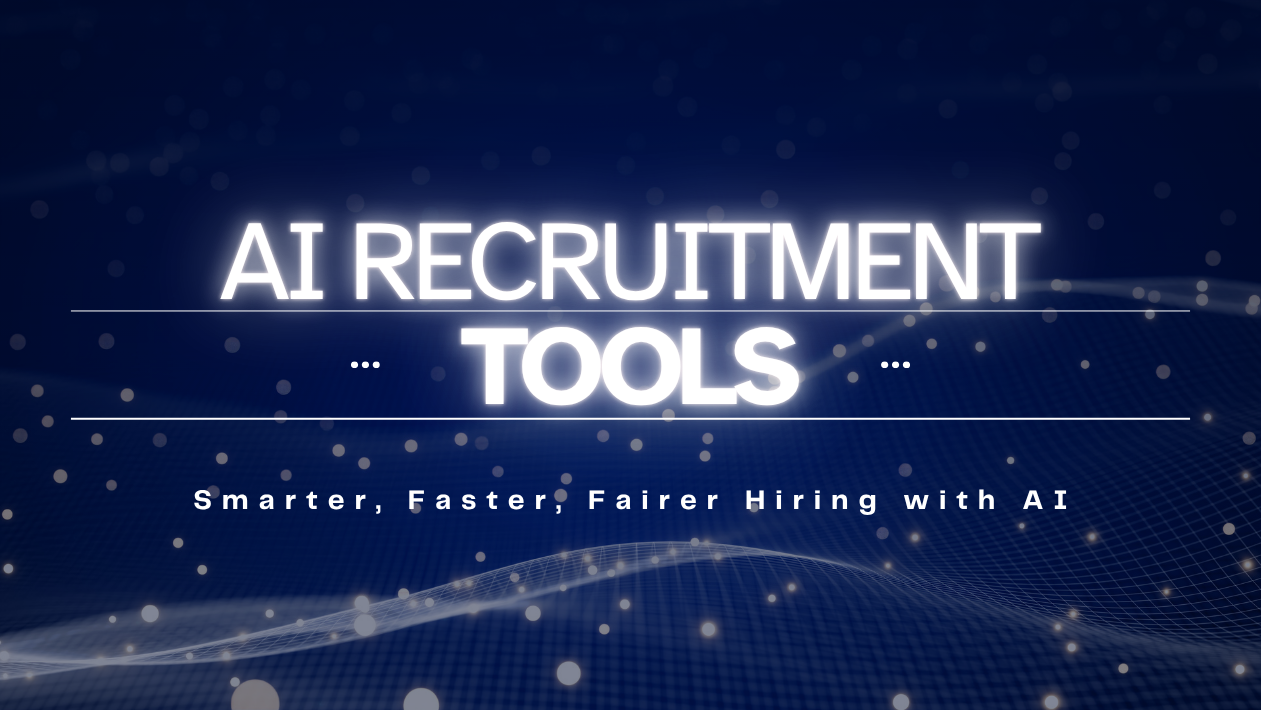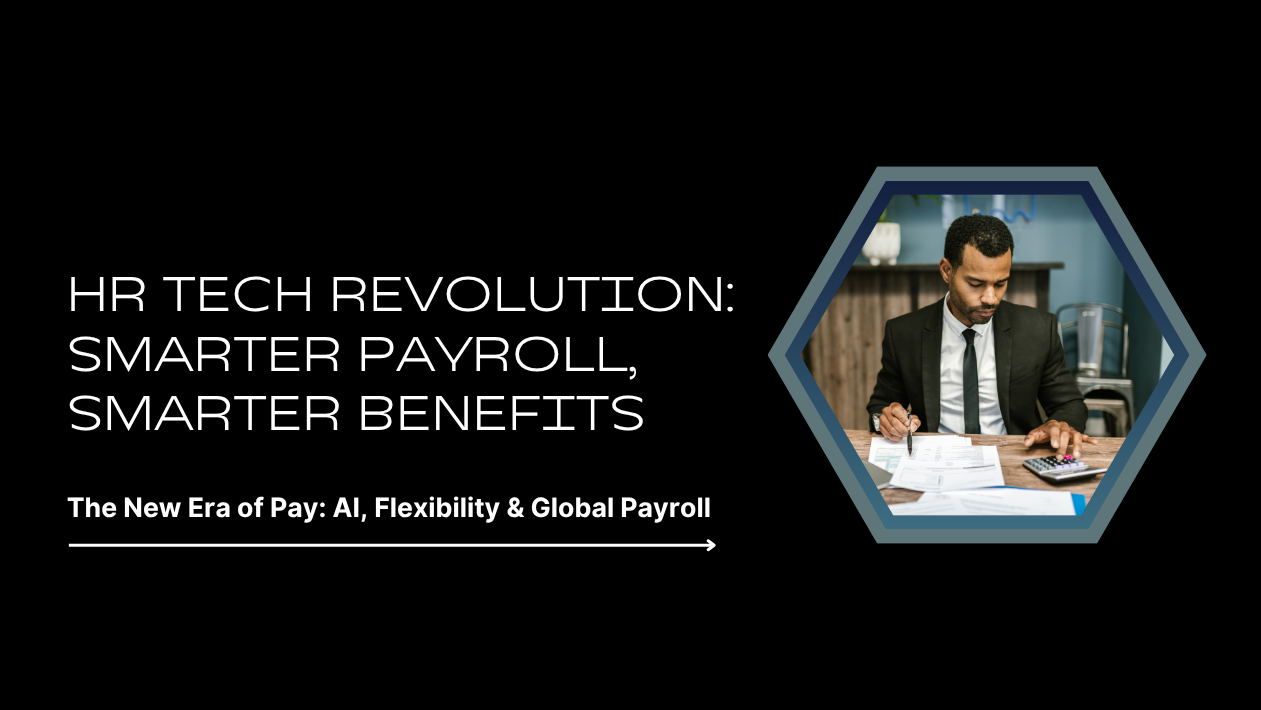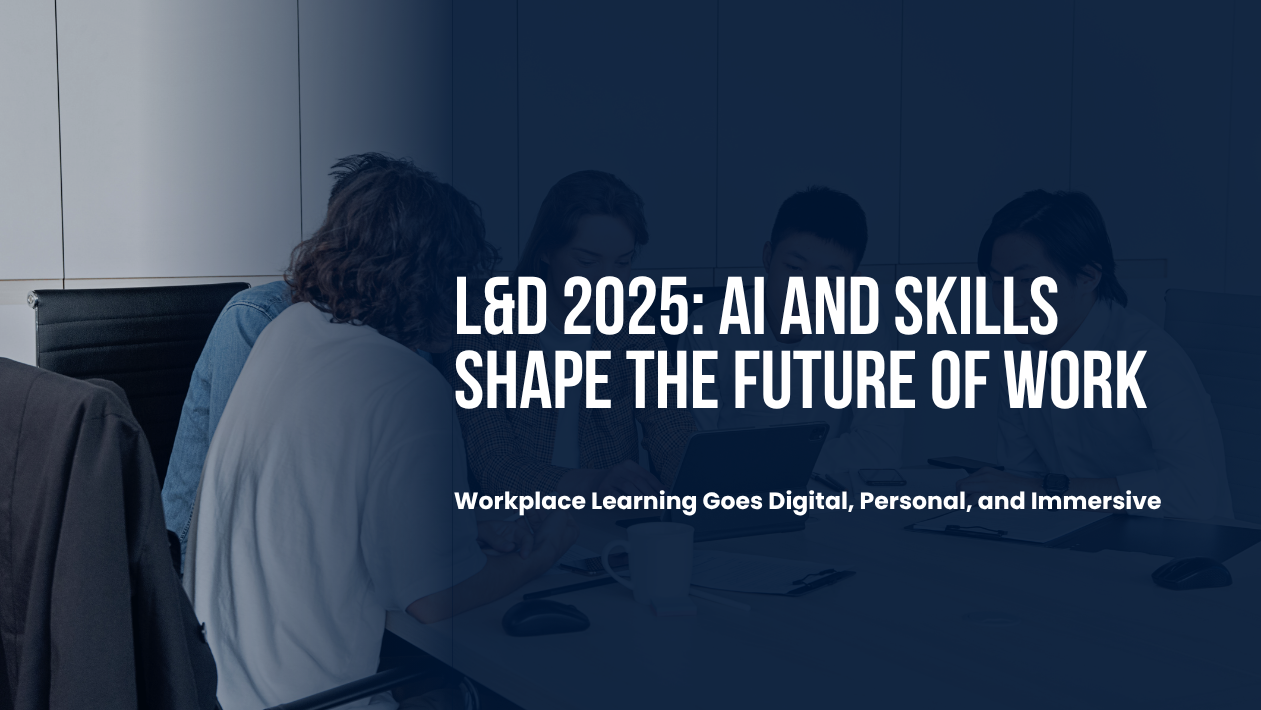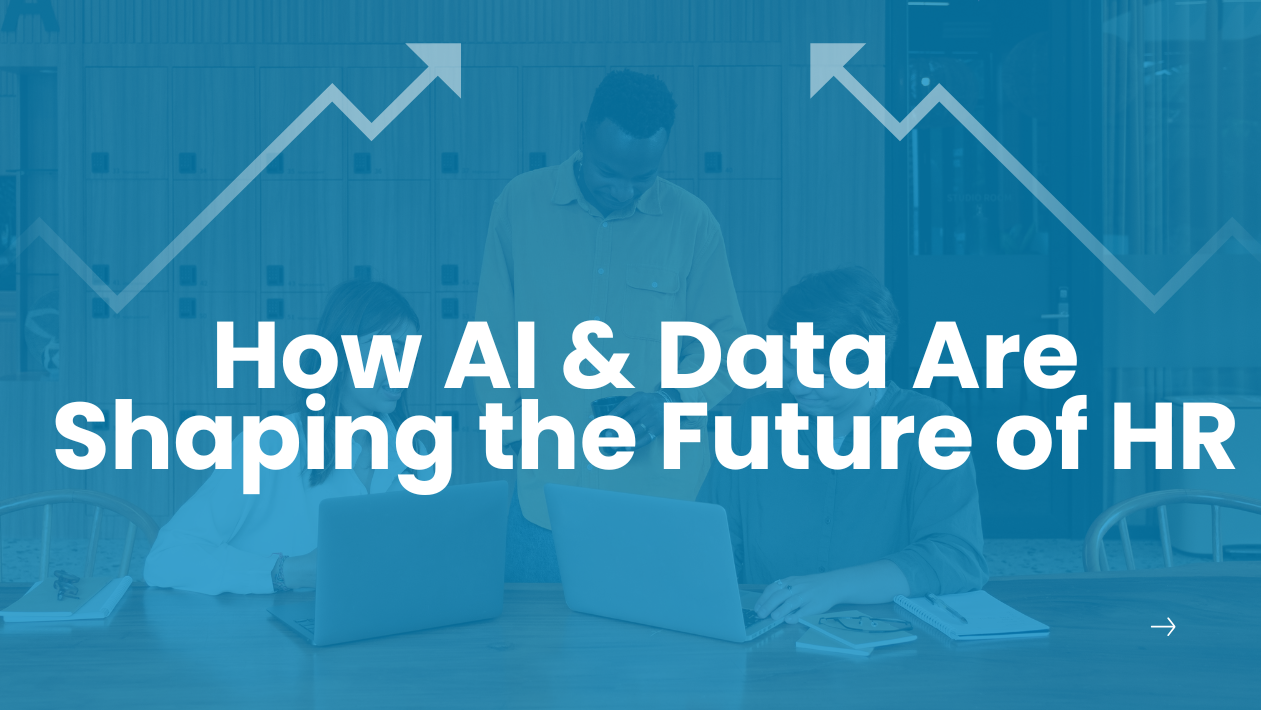Human Resources is no longer just about intuition and experience. In 2025, HR analytics—the practice of using advanced data analysis to guide workforce strategy—is at the center of how organizations hire, retain, and develop talent. With AI-driven insights, companies are turning HR into a strategic powerhouse that boosts productivity and employee engagement.
AI-Powered Hiring and Retention
Recruiters now rely on predictive analytics to forecast candidate success, identify high-potential employees, and reduce turnover. Platforms like Workday, Visier, and Eightfold AI analyze data from resumes, performance reviews, and even communication patterns to match the right talent to the right role.
Organizations report up to 30% lower attrition after implementing predictive retention models.
Real-Time Workforce Dashboards
Modern HR teams use live dashboards to monitor employee engagement, productivity, and sentiment. Tools like Microsoft Viva Insights and CultureAmp integrate with collaboration platforms to give leaders a pulse on morale and highlight early signs of burnout.
This data-driven visibility helps managers act quickly to improve well-being and maintain high performance.
Diversity, Equity, and Inclusion (DEI) Metrics
DEI has become a board-level priority. HR analytics platforms now provide detailed metrics on hiring diversity, pay equity, and promotion patterns. AI models highlight potential bias and recommend corrective action, helping companies build inclusive workplaces and meet global reporting standards.
Learning & Development Optimization
By tracking skill gaps and career trajectories, HR analytics tools recommend personalized training to employees. This ensures workers develop the right skills for future roles while improving retention and internal mobility.
Enterprises using analytics-driven upskilling report higher employee satisfaction and reduced recruitment costs.
Privacy and Ethics Remain Critical
As organizations collect more employee data, concerns around privacy and surveillance are growing. Regulators and companies are enforcing strict consent policies, anonymization techniques, and transparent communication to maintain trust.
The Future: Proactive and Predictive HR
The next wave of HR analytics will be proactive, using machine learning to anticipate workforce changes—such as shifts in skill demand or potential turnover spikes—before they occur.
By blending AI insights with human judgment, HR leaders can create workplaces that are agile, equitable, and resilient in an era of rapid change.





